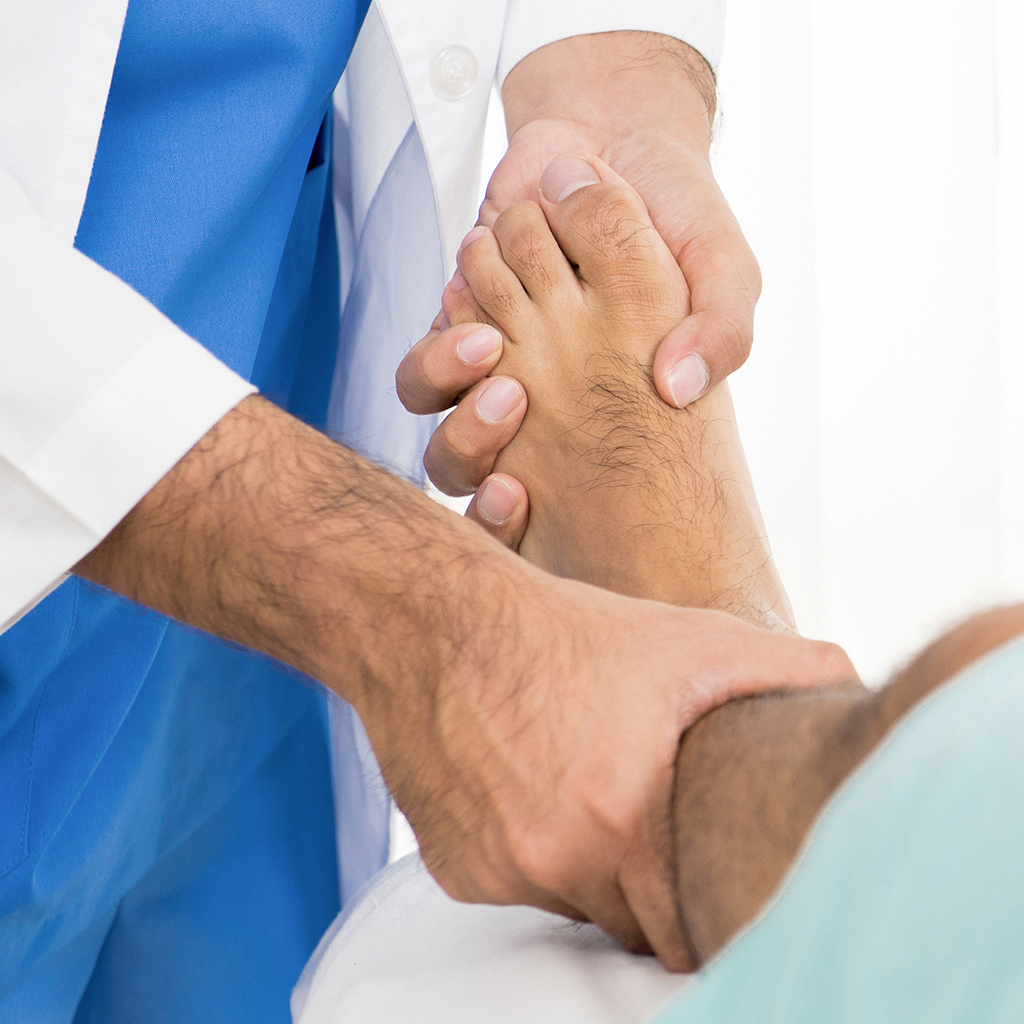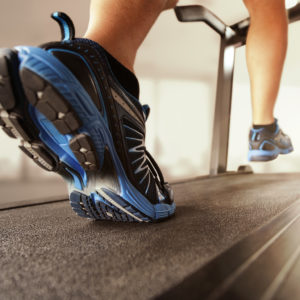Menu
The cartilage is a tough and flexible connective tissue of the foot and ankle. The tissues play an important role of cushioning the bones of the joints. Damage to the cartilage can occur as a result of inflammation, joint pain, stiffness, fractured bone or simple sprain. The other common injury is the Osteochondral Defect (OCD) that afflicts the talus and tibia. Sufferers usually experience instability, locking of the knee, swelling and pain. Treatment for feet and ankle pain usually involves the use of Nonsteroidal anti-inflammatory drugs.
Besides medications, the doctor may recommend the use of crutches, physical therapy and wearing a boot brace. The surgery procedure mostly targets displacement of damaged or loose cartilage in the affected ankle with a better alternative that will guarantee smooth gliding of the joints. Today, a number of advanced cartilage treatments have been developed. They include platelet rich plasma treatment, osteochondral graft, biocartilage, allograft transplantation and microfracture or bone marrow stimulation.

this minimally invasive arthroscopy procedure involves the use of miniature cameras and surgical instruments. During the treatment, a small tool that looks like an awl is often deployed by surgeons to make accurate incisions on the bone to allow blood flow. After a while the flow helps form a beneficial fibrocartilage blood clot.

this invasive surgical operation involves relocating a bone cylinder and overlying cartilage into the affected ankle to create a smooth surface. The cylinder bone and overlying cartilage can be sought from the same patient or a cadaver. The procedure is recommended for extremely large defects since it involves breaking a portion of the ankle bone to reach the affected area.
Minor Achilles tendon injuries can be treated by administering Nonsteroidal anti-inflammatory drugs (NSAIDs) and elevating the legs. Common anti-inflammatory drugs that work best for the ankle include meloxicam and ibuprofen. Steroid injections can also be used to subdue pain. The doctor may also recommend getting a well-fitting shoes and avoiding extraneous exercises
155 E Main Street
Huntington, NY 11743
Tel: 631.470.8379
Fax: 631.470.9299